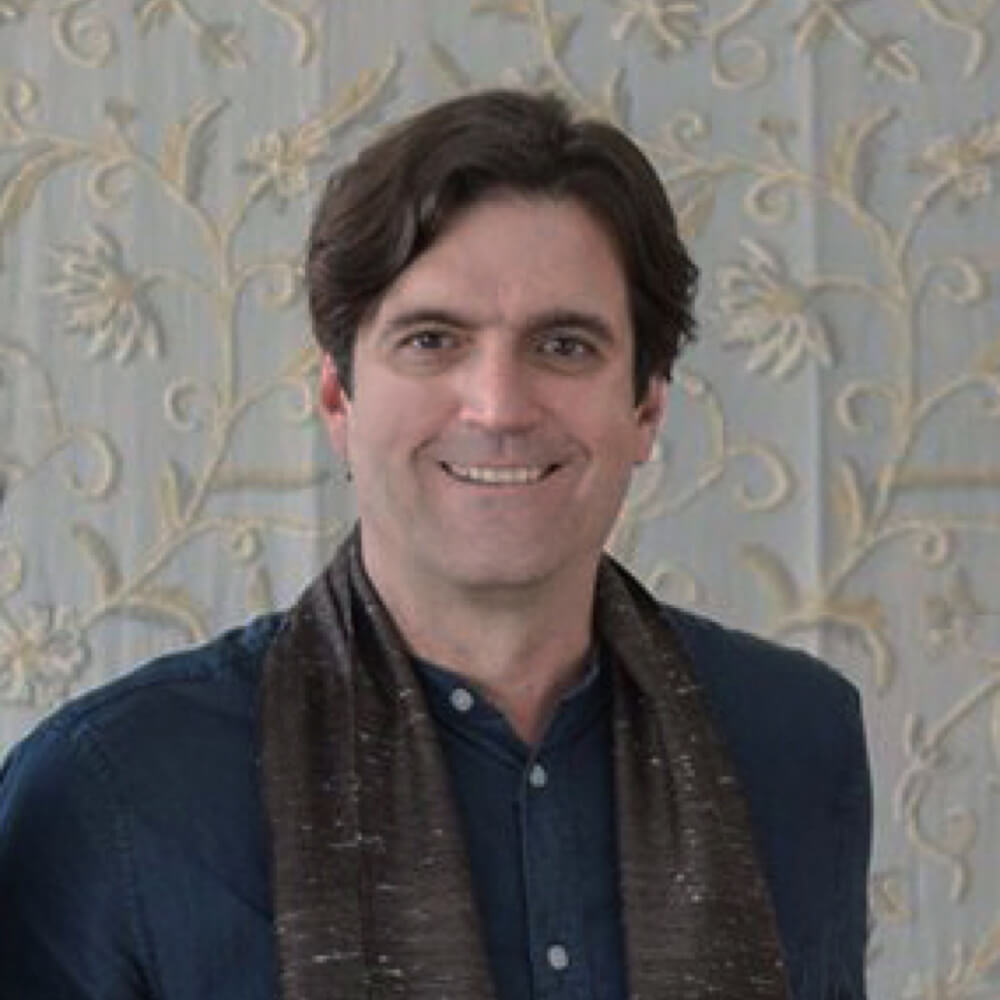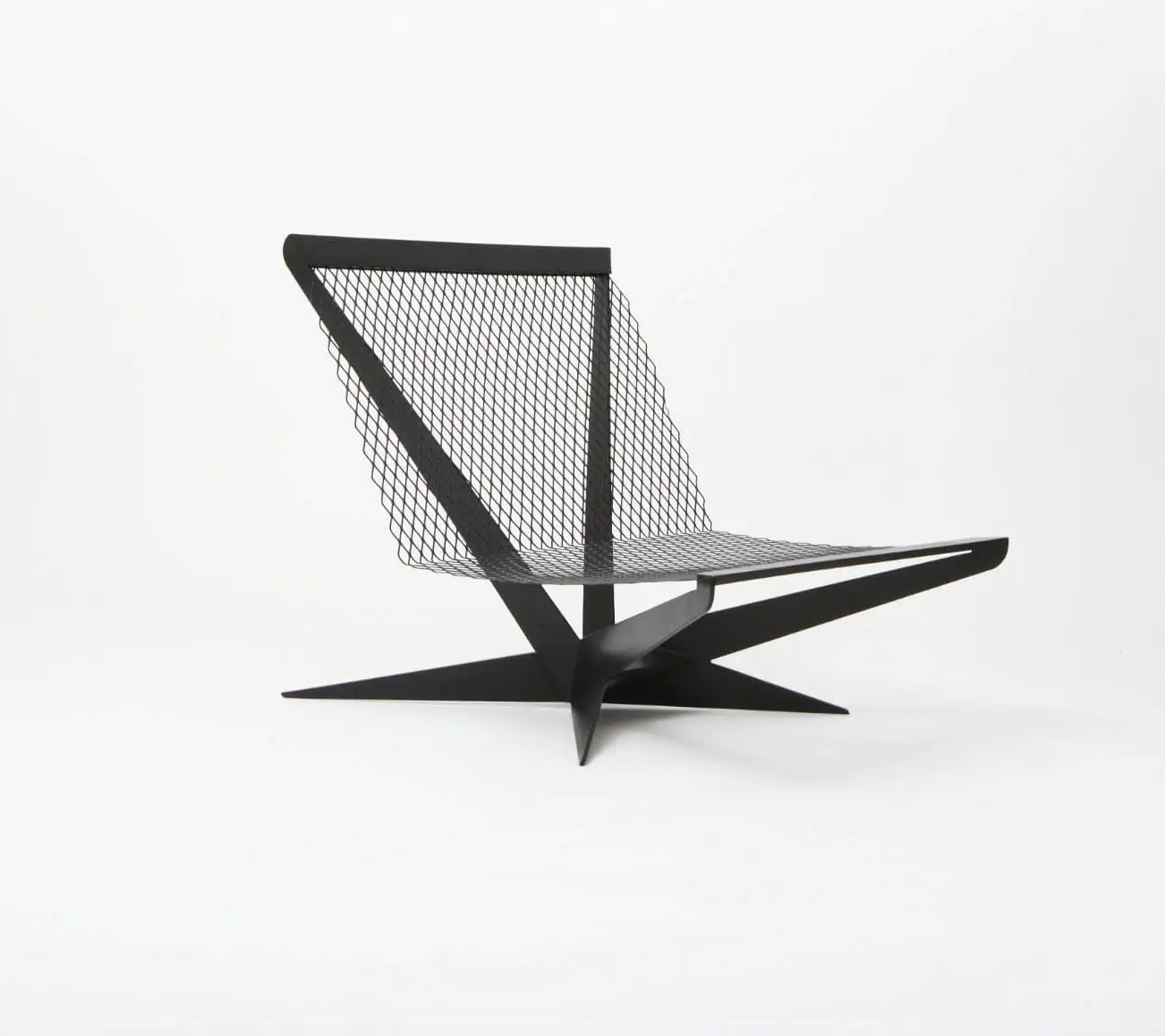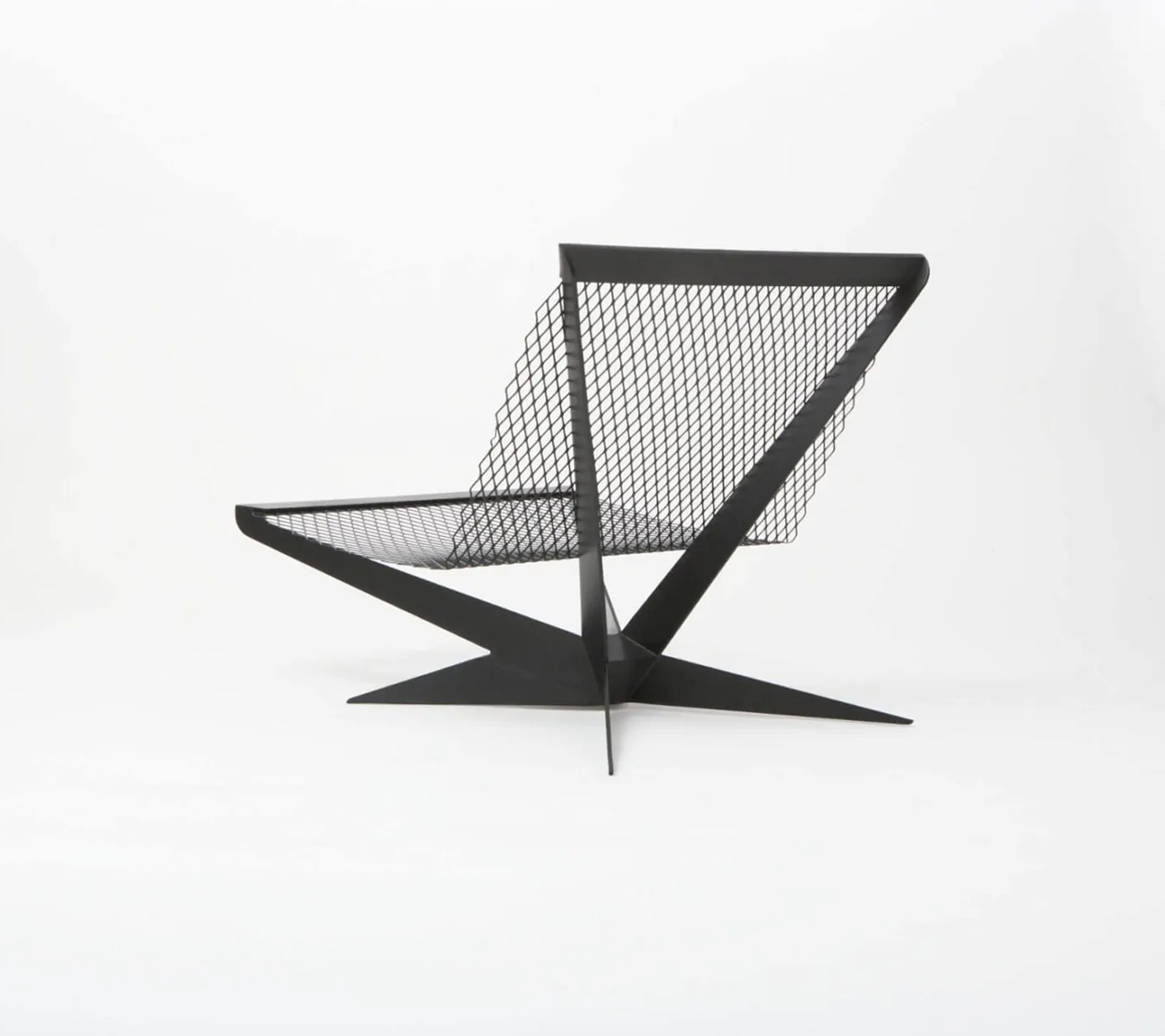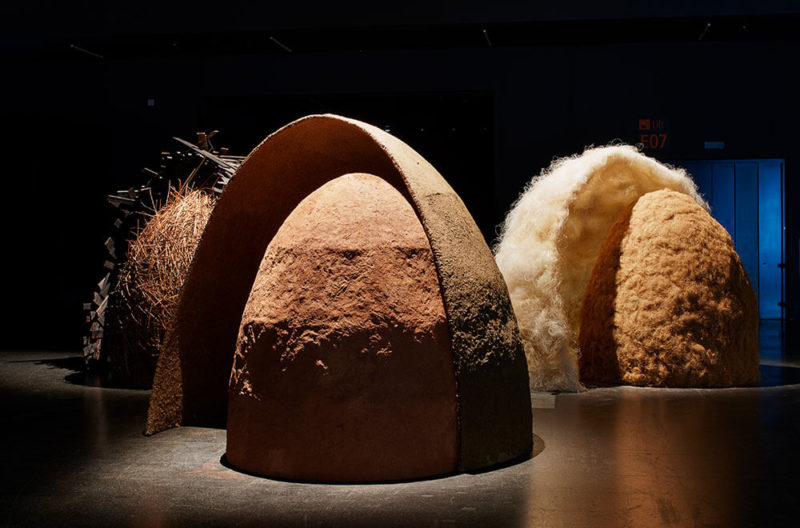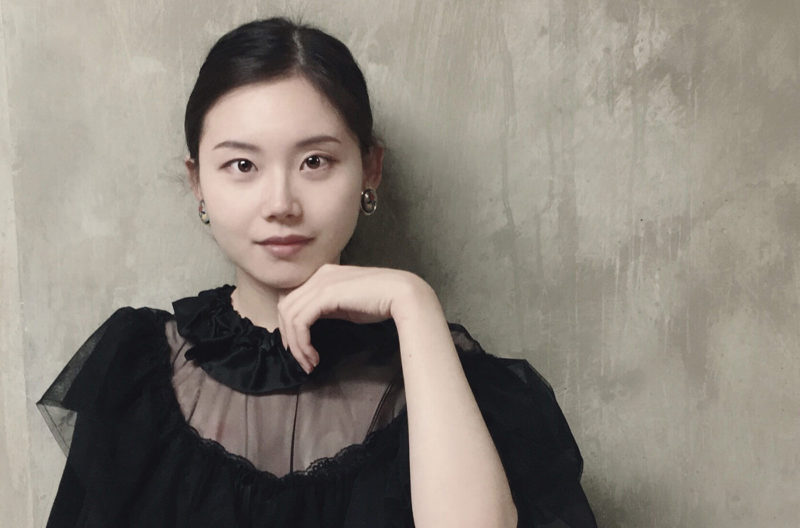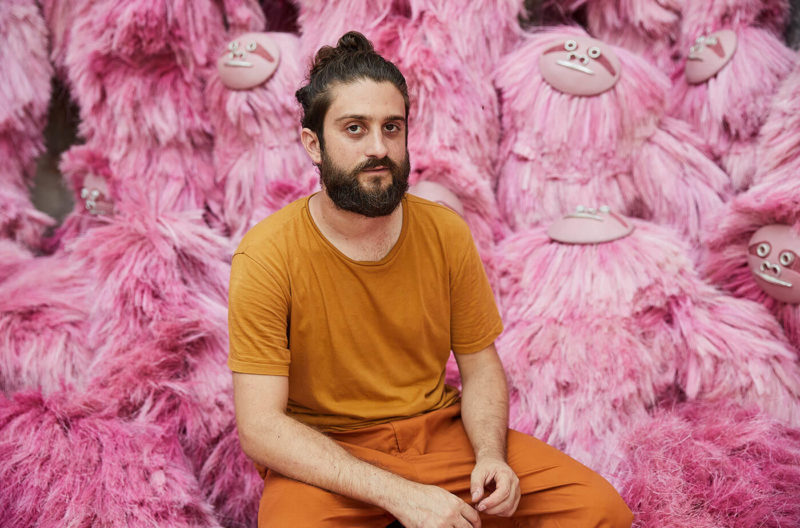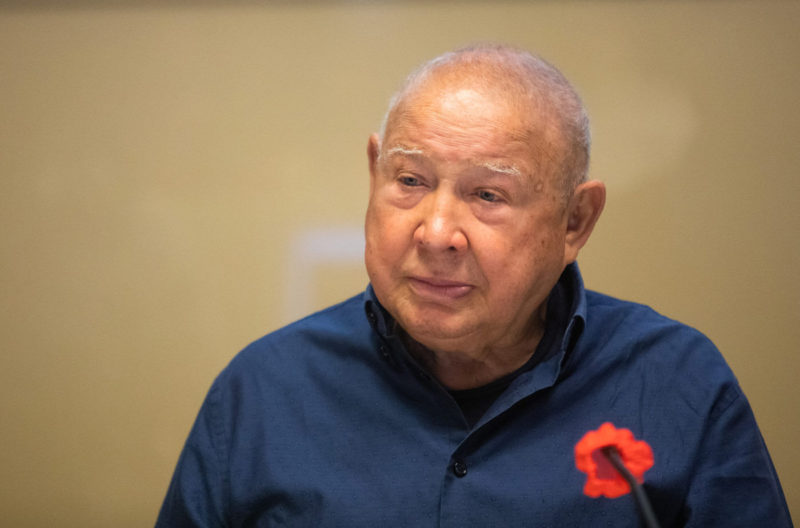Design Week Mexico 2022
Our top six pieces of Mexican design from the three months of design festivities.
Mexico City
Until 8th January 2023
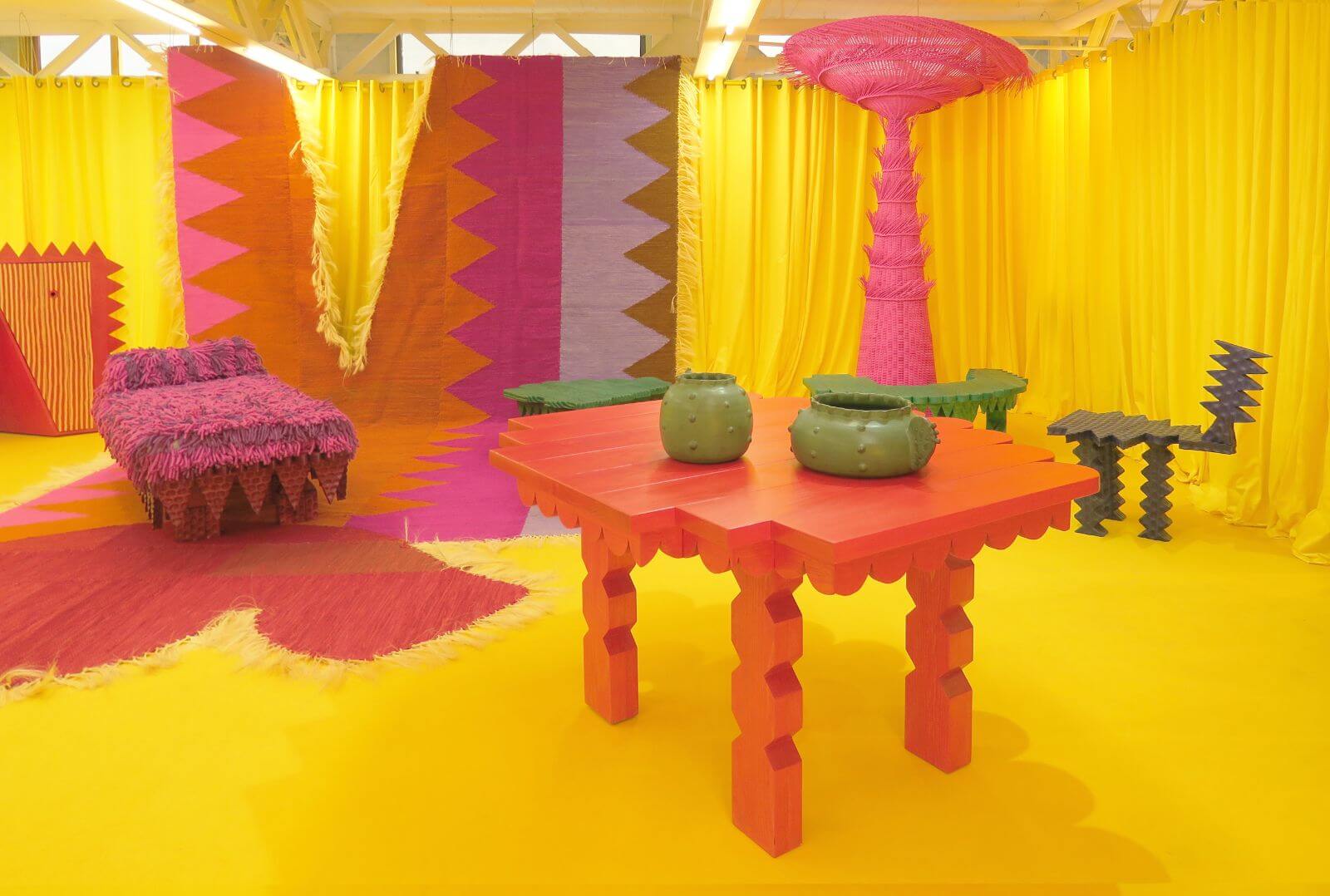
Exhibition view, ‘La Otra Isla’ by Daniel Valero/Mestiz Studio at Ago Projects
COURTESY: Daniel Valero/Mestiz Studio & Ago Projects / PHOTOGRAPH: Paul Clemence
RENOWNED FOR ITS cultural richness, Mexico City has always been a mecca for history and anthropology aficionados. Over the past few years, however, the vibrant metropolis has further evolved into a contemporary art and design hot spot. With an array of new museums, top galleries, as well as a thriving market, the city has become a magnet for both Mexican and international artists and designers alike. The result is a humming creative community marked by its diversity.
With the goal of harnessing and expanding this artistic energy, architect partners Andrea Cesarman, Emilio Cabrero and Marco Coello founded the nonprofit organization Mexico Territorio Creativo. Then, in 2009, they started Design Week Mexico (DWM). Through thoughtful programming the yearly event aims to facilitate and elevate the discourse around design. It does this by bringing together professionals, students, collectors and the public over three months of exhibitions, workshops and talks.
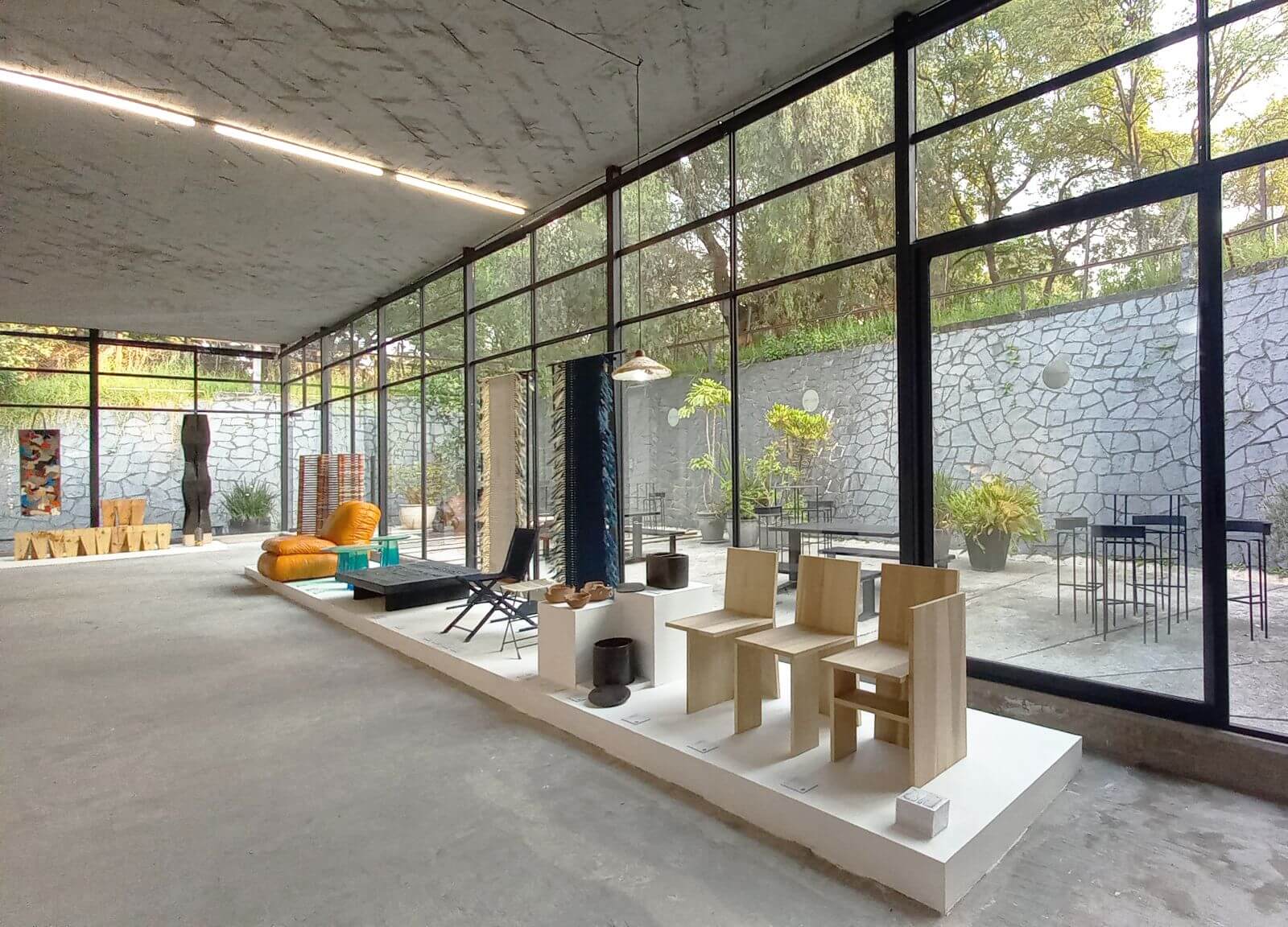
Exhibition view, ‘INÉDITO’ at Espacio CDMX
PHOTOGRAPH: Paul Clemence
The organisation’s efforts were recognised in 2018 when the World Design Organization gave Mexico City the accolade of ‘World Design Capital’. “Through 14 editions, DWM has developed and adapted to new forms of work and creative production,” says Cesarman. “It has been wonderful to watch designers mature and grow with the platform.”
TDE has scouted out this year’s edition to bring you six notable pieces by Mexican designers.
Daniel Valero/Mestiz Studio, ‘Cacerola del Mar’, 2022
Motivated by the relationship between designer and artisan, award-winning architect and designer Daniel Valero combines his studies abroad (Finland and France) with inspiration from Mexican regional culture. For ‘La Otra Isla’ (The Other Island), his first Mestiz Studio solo exhibition at Ago Projects, Valero created a landscape of brightly coloured, whimsical pieces, with a nod to both regional iconography and playful cartoon graphics.

Daniel Valero/Mestiz Studio, ‘Cacerola del Mar’ table, 2022
COURTESY: Daniel Valero/Mestiz Studio / PHOTOGRAPH: Paul Clemence
Raul de la Cerda, ‘Apapachoa Chair’, 2022
Made of cut blocks of pink Onyx marble, the ‘Apapachoa Chair’ has the lofty aim to connect the intellectual and spiritual realms. As onyx marble is known in esoteric circles for being a source of positive energy and “Apapachoa” means “soul caress” in uto-Aztecan, everything is seemingly in alignment. Overall, the piece gives the impression of being a bridge between natural elements and pre-hispanic notions of harmony.
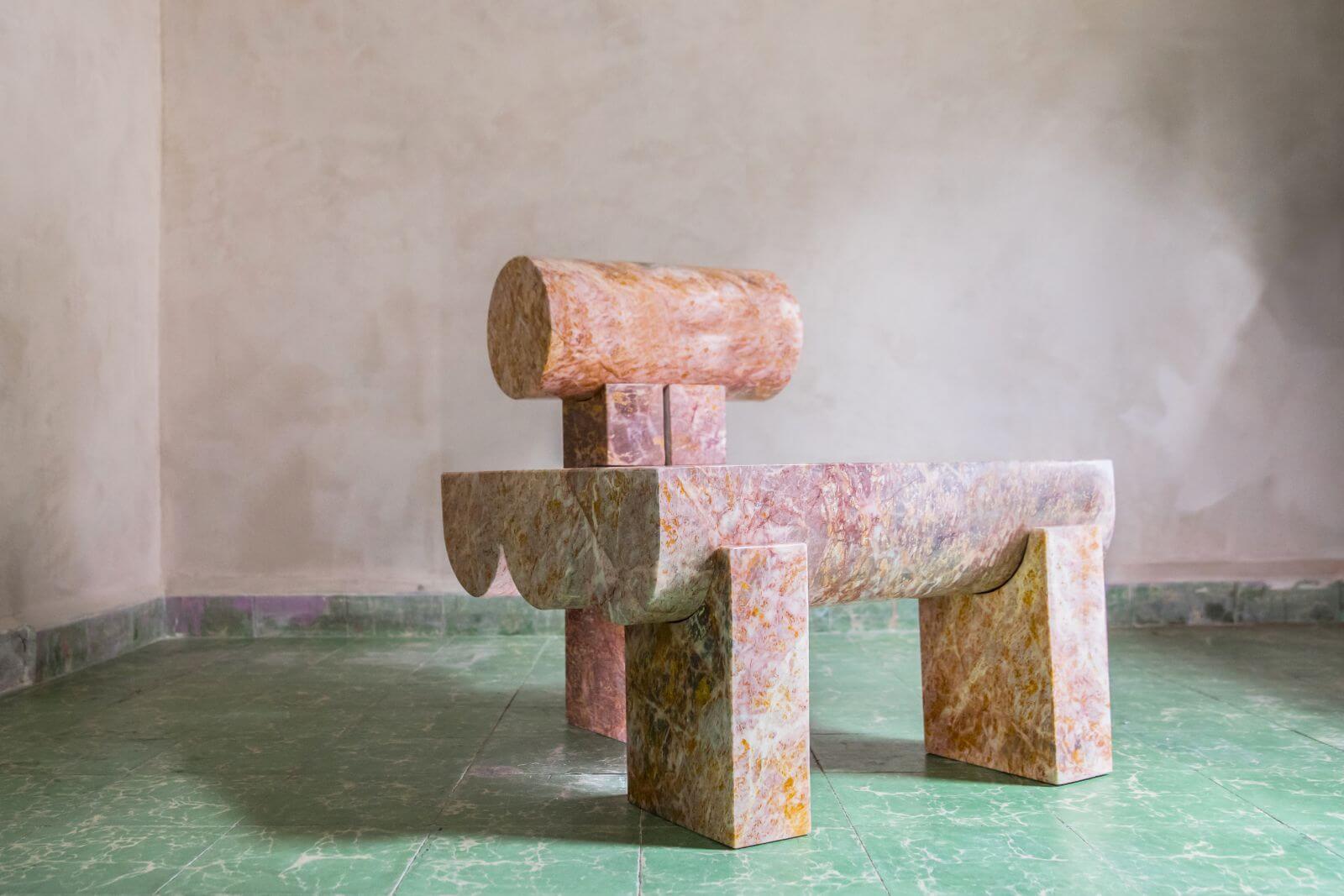
Raul de la Cerda, ‘Apapachoa Chair’, 2022
COURTESY: Raul de la Cerda
Ad Hoc Studio and Marcio García Torres, ‘Roots’ stool, 2019
Using walnut and handknit ixtle fibre, the ‘Roots Collection’, a collaboration between Ad Hoc Studio and artisan Marcio García Torres, reflects the studio’s deep commitment to traditional Mexican craftsmanship. This stool was on view at the exhibition ‘Vision & Tradition’, which promoted the connection between high design and the handmade by pairing established designers with artisans from across Mexico. This piece is a special commission for Ángulo Cero and Ammann Gallery.
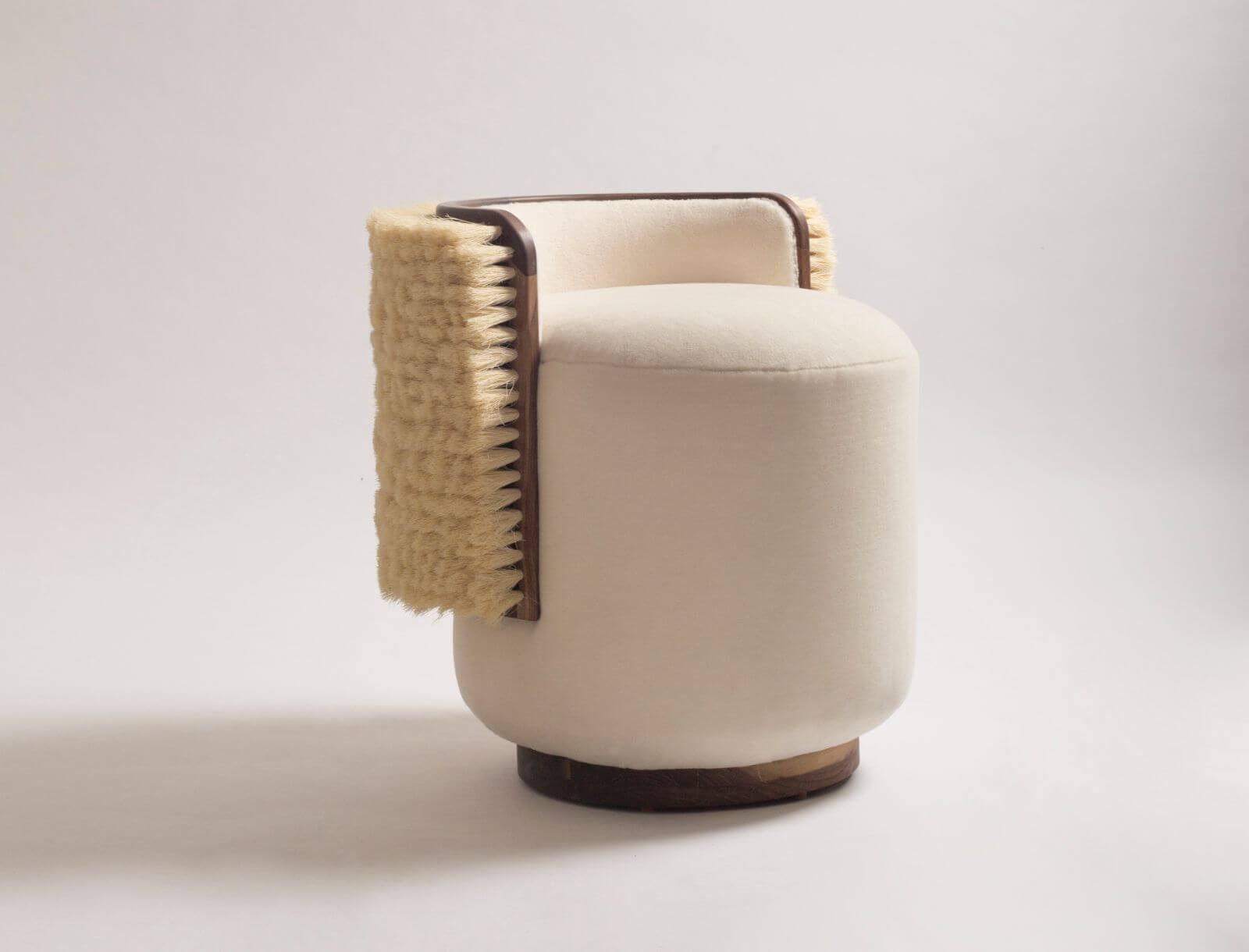
Ad Hoc Studio and Marcio Garcia Torres, ‘Roots’ stool, 2019
COURTESY: Ad Hoc Studio and Marcio Garcia Torres
The Cult Studio, ‘Tiger’ table, 2021
Designed by sibling duo Guillermo and Alaíde Alejandre, aka The Cult Studio, the ‘Tiger’ table combines two essential elements of Mexican modern architecture, light and colour – here filtered through a minimalist geometry. The translucent resin enables prismatic light effects, creating an engaging play of solid and void. The table won an award at last year’s ‘INÉDITO’ exhibition.
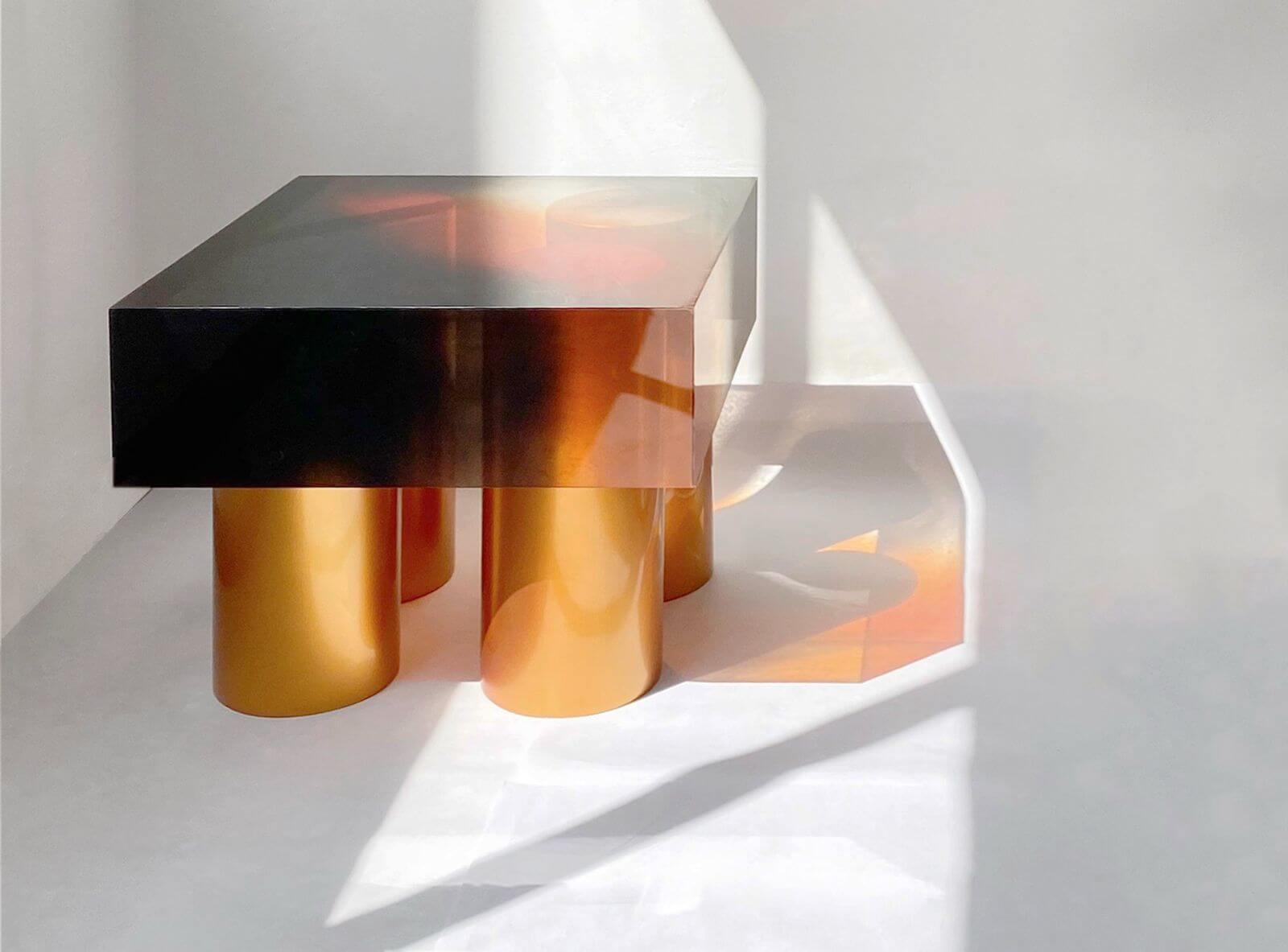
The Cult Studio, ‘Tiger’ table, 2021
COURTESY: The Cult Studio
Sofia Elias, ‘Pofi Chair’, 2022
Originally an architect, and now also a designer and an artist, Sofia Elias’s ‘Pofi Chairs’ were part of her exhibition at Labor gallery, which focused on the traditional Quinceañeras parties in Mexico. The inspiration comes from cake frosting, both in its plasticity and its playfulness. When sat on, the chair collapses – giving the user a sinking ride. Intended as interactive sculptures the ‘Pofi Chairs’ sit at the heart of the design and function debate.
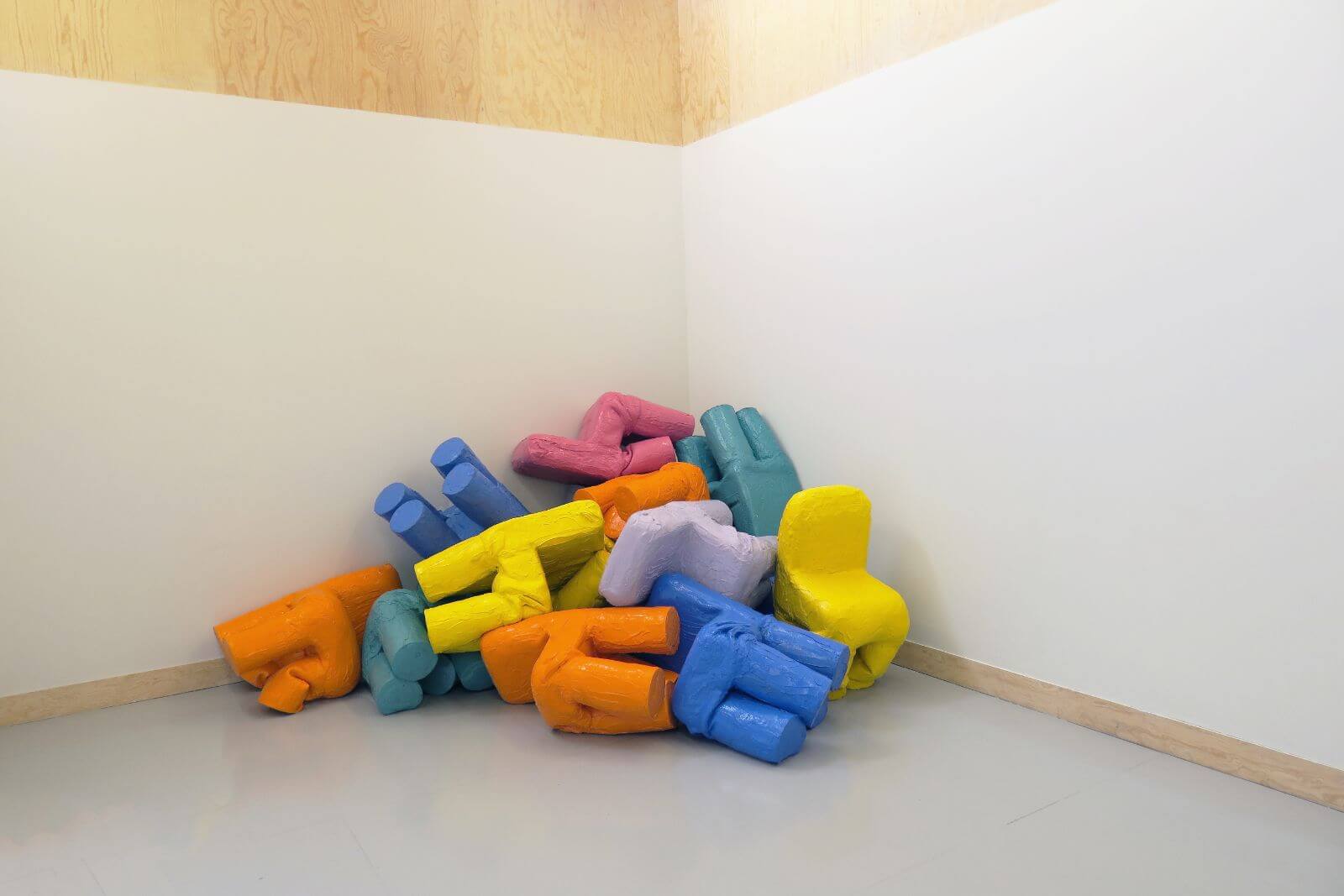
Sofia Elias, ‘Pofi Chairs’, 2022 at exhibition ‘Corinthianopudus La Quinceañera en el Balneario Corintio, S XXI’ at Labor gallery
COURTESY: Sofia Elias / PHOTOGRAPH: Paul Clemence
Agustín Hernández, ‘Gala Chair’, 1997
Architect Agustín Hernández, who has recently died aged 98, was one of Mexico’s most prolific architects. In particular, he was known for pushing the boundaries of structure. Inspired by the agave plant and made of iron, the ‘Gala Chair’ is a 1997 design, reissued by Clasicos Mexicanos.
-
Agustín Hernández, ‘Gala Chair’, 1997
COURTESY: Agustín Hernández / PHOTOGRAPH: Clasicos Mexicanos
-
Agustín Hernández, ‘Gala Chair’, 1997
COURTESY: Agustín Hernández / PHOTOGRAPH: Clasicos Mexicanos
